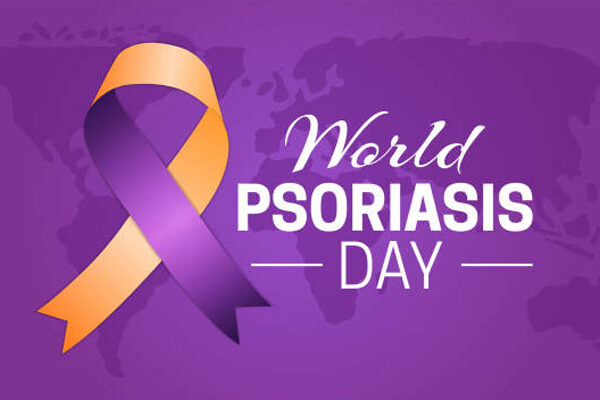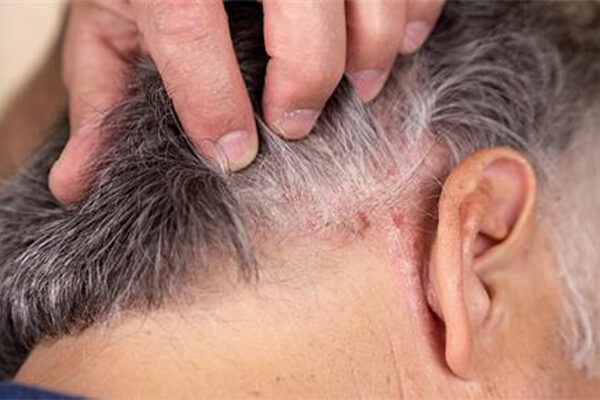Updated on March 18, 2024

The question of whether is vitiligo hereditary or genetic remains a thought-provoking mystery. This condition involves the loss of pigment in certain areas, resulting in white patches on the skin. Initially appearing on hands, forearms, feet and face, it can ultimately progress to cover larger skin areas over time.
However, the exact cause of this condition is sometimes not fully understood but experts believe that a genetic component may play a crucial role. Moreover, ongoing research aims to pinpoint the risk factors influencing its development.
Read out to find out how genetics or inheritance can trigger vitiligo development and is vitiligo hereditary or genetic.
Genetic Vs Hereditary
| Genetic | Hereditary |
|---|---|
| Conditions that may result from mutations in genes | Conditions that passed down from one generation to the next within a family |
| It arises from mutations occurring during the replication of DNA | It involves the transmission of certain traits through generation, often following familial patterns |
| Involves mutations that influence genetic makeup of newly formed cells | Involves traits that are passed down through reproductive cells (sperms and eggs) |
What is Genetic Mutation?
First, genes, known as the segments of DNA, carry hereditary information for traits such as hair color, skin color, and eye, passed down through families. However, genetic mutation, which arises from errors during DNA replication for cell production, can alter specific genes, causing modifications in the genes.
Vitiligo and Genetic Factors
Vitiligo does not manifest as a straightforward inheritance pattern from parents. Nearly 20% of individuals with vitiligo have a first-degree relative afflicted by the condition. Additionally, among identical twins, if one twin has this skin condition, the other has a 23% chance of developing this skin condition. In the case of genetic factors, two or more abnormal genes are involved. On the contrary, hereditary factors develop only because of one abnormal gene.
Over 30 genes, occurring in various combinations, are linked to the risk of vitiligo development. Additionally, around 7% of people genetically linked to the disease will develop the condition earlier in life than those with the genetic cause.
Individuals afflicted with this condition have a heightened incidence of autoimmune diseases, which shows the inherent role of genetics as a risk factor not only for this but also for autoimmune conditions linked to the skin disorder.
Moreover, Inherited genes may also elevate the risk of developing other health conditions. Explore more about the condition and consider opting for potential treatments for vitiligo being investigated near you.
What Causes Vitiligo?
The development of white patches in vitiligo results from the destruction of melanocytes. While the exact cause of melanocyte depletion remains unknown, experts suggest that certain conditions may contribute to its development.
- It is attributed to autoimmune activity, where the immune system targets and attacks melanocytes, leading to white patches.
- Melanocytes may experience stress, triggered by environmental factors inducing inflammation.
- In some cases, the presence of skin cancer or non-Hodgkin’s lymphoma, a type of cancer affecting the lymphatic system, can result in the development of this skin condition.
- Other than these, neurochemicals like serotonin and dopamine, vital for brain function, can readily induce skin toxicity when released through faulty nerve endings, leading to this skin condition.
However, clinical research continues to find the potential causes and risk factors.
Treatment Options for Vitiligo
It is advisable to consult healthcare professionals when considering treatment options. It primarily addresses the loss of melanocytes and the autoimmune response. The emphasis is on reducing immune system-induced damage to skin cells while promoting the production of new melanin, the skin pigment. Treatment options involve:
- Light therapy, utilizing specialized lasers or light to restore lost skin pigment
- Topical corticosteroids, anti-inflammatory drugs applied to the skin for color restoration
- PUVA light treatment, combining UVA light therapy with Psoralen to improve skin’s light absorption
- Depigmentation, a process to remove all skin pigment to achieve a uniform color
Summary
While vitiligo may result in low self-esteem, it is crucial to recognize that it is not inherently dangerous by any means. Understanding whether is vitiligo hereditary or genetic could help you understand why and how the condition develops. If you happen to develop this condition due to genetics, you may consider exploring clinical trials that could potentially help improve the overall skin condition or discover certain treatment options to alleviate the symptoms.





